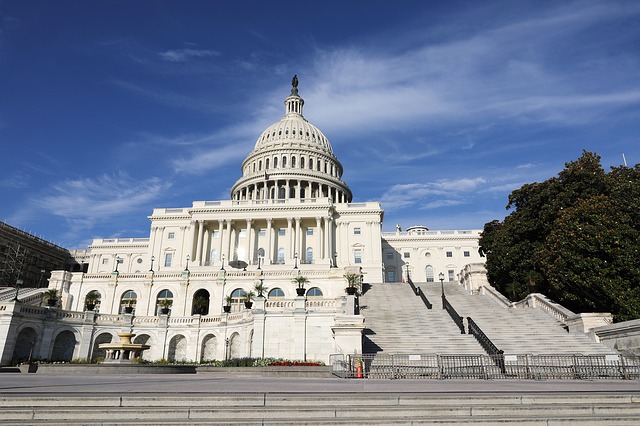During SmartBrief Education’s 4th annual STEM Pathways Summit, Lindsey Gardner gave event attendees an update on federal STEM education policy.
“I think it’s really good to have an understanding of these issues,” said Gardner, who is the director of external relations for the STEM Education Coalition. “Hopefully, you’ll all go back and talk to your community at home about these issues and then eventually go to your Congressman or to your state rep and to your state legislator and talk to them about how STEM is important.”
Part I of this post covered the ways ESSA might affect STEM education funding, and this second post addresses connections between career and technical education and STEM.
Career and technical education policy
“[W]hen we look at CTE from a STEM perspective,” Gardner explained, “the things we want to see are better integration of STEM and CTE together. So many of the CTE pathways have STEM in them, but there’s this very big separation between CTE and STEM in our schools.”
Currently, the most important federal legislation regarding career and technical education is the Strengthening Career and Technical Education for the 21st Century Act, which the House of Representatives passed in 2016 and 2017 and upon which the senate has not acted. The act reauthorizes the 2006 Carl D. Perkins Career and Technical Education Act, separates CTE students into concentrators and participants and alters requirements for states’ high-school CTE funding allocations. Areas in need of CTE funding include expanding apprenticeship programs and after-school access to CTE equipment and increasing the number of high-quality CTE educators in schools, Gardner said.
Under Title I of ESSA, so far 17 states are considering including CTE requirements in their school assessments, which Gardner sees as encouraging. “This [CTE requirements in ESSA plans] is not just access to CTE course work; it also includes things like whether students are getting an industry credential [and] whether they’re actually finishing their CTE track … We need to see if kids are completing these [programs and] if they’re actually getting an industry credential when they finish the track.”
When asked how educators could reinforce the link between CTE and STEM, Gardner advised:
- Come up with 5 priorities that teachers need to make CTE more effective.
- Gather statistics on how CTE leads to careers in STEM, especially local careers; and,
- Contact policymakers with this information to voice your support.
Gardner explained that when she visited policymakers’ offices, educator testimonies have a clear influence. “They say, ‘Well, I care about this issue now, because I had a group of 10 teachers come in and tell me how hard it is for them to get STEM supplies and how hard it is for them to pay for field trips to go to the science museum,’” she said.
Teresa Donnellan is an editorial assistant at SmartBrief.
____________________________________
Like this article? Sign up for ASCD SmartBrief to get news like this in your inbox, or check out all of SmartBrief’s education newsletters, covering career and technical education, educational leadership, math education and more.
